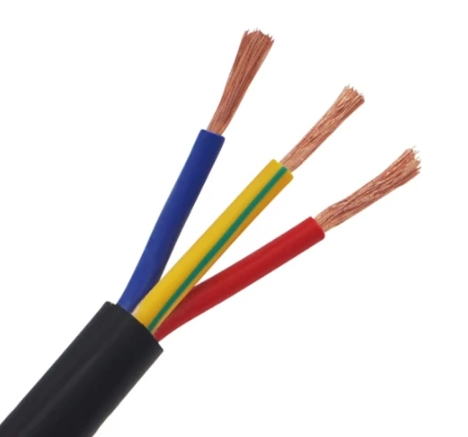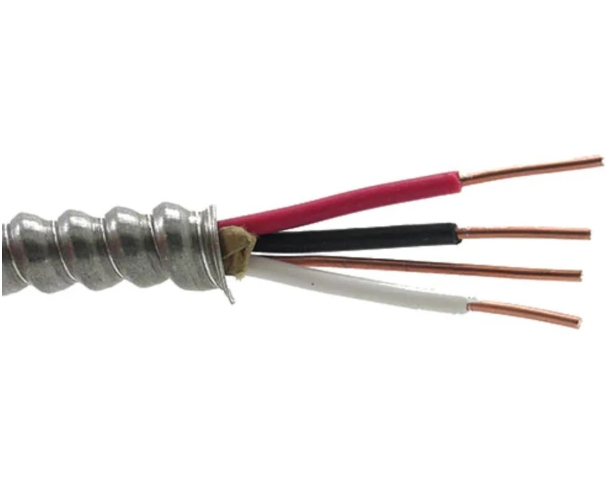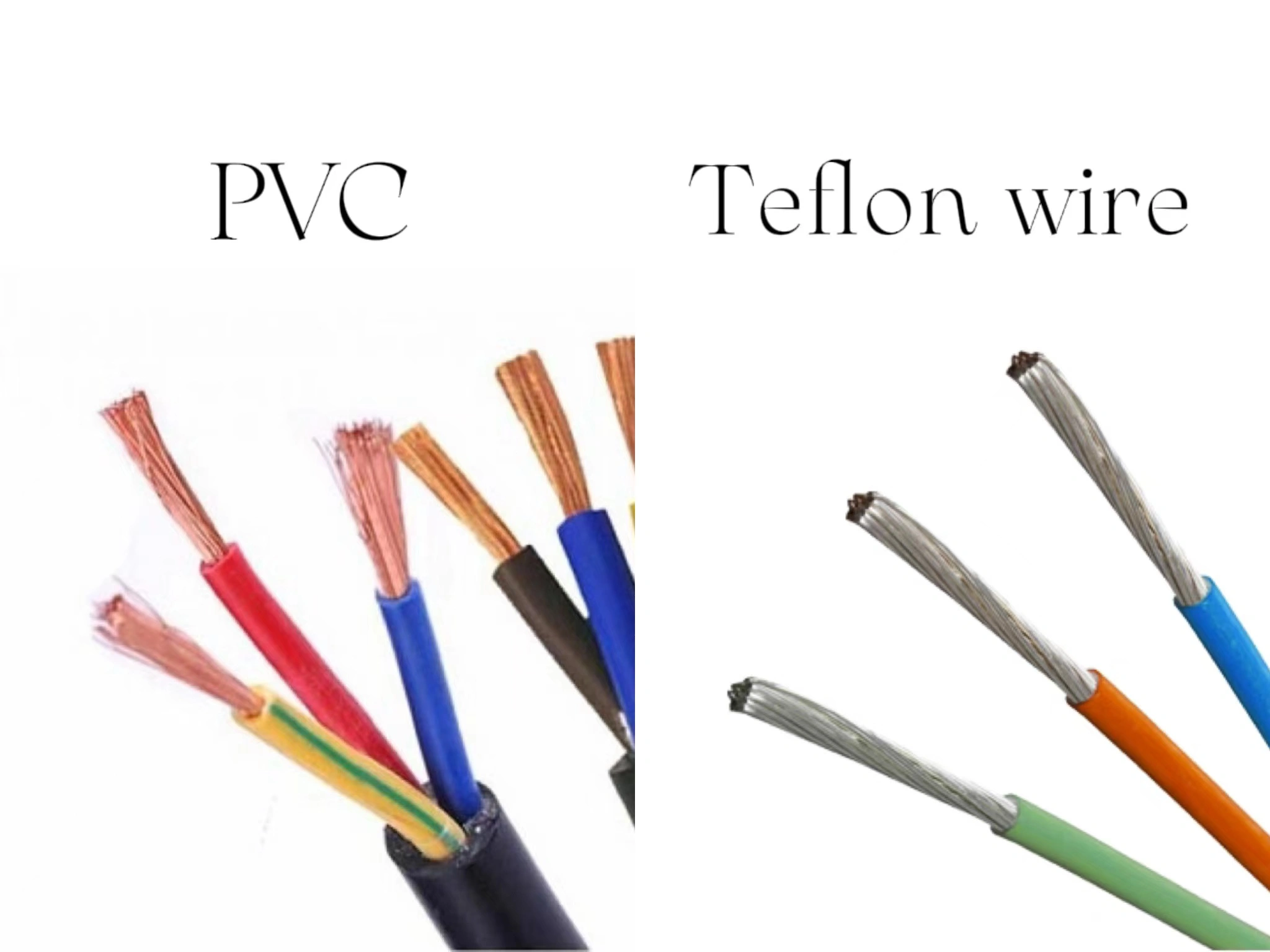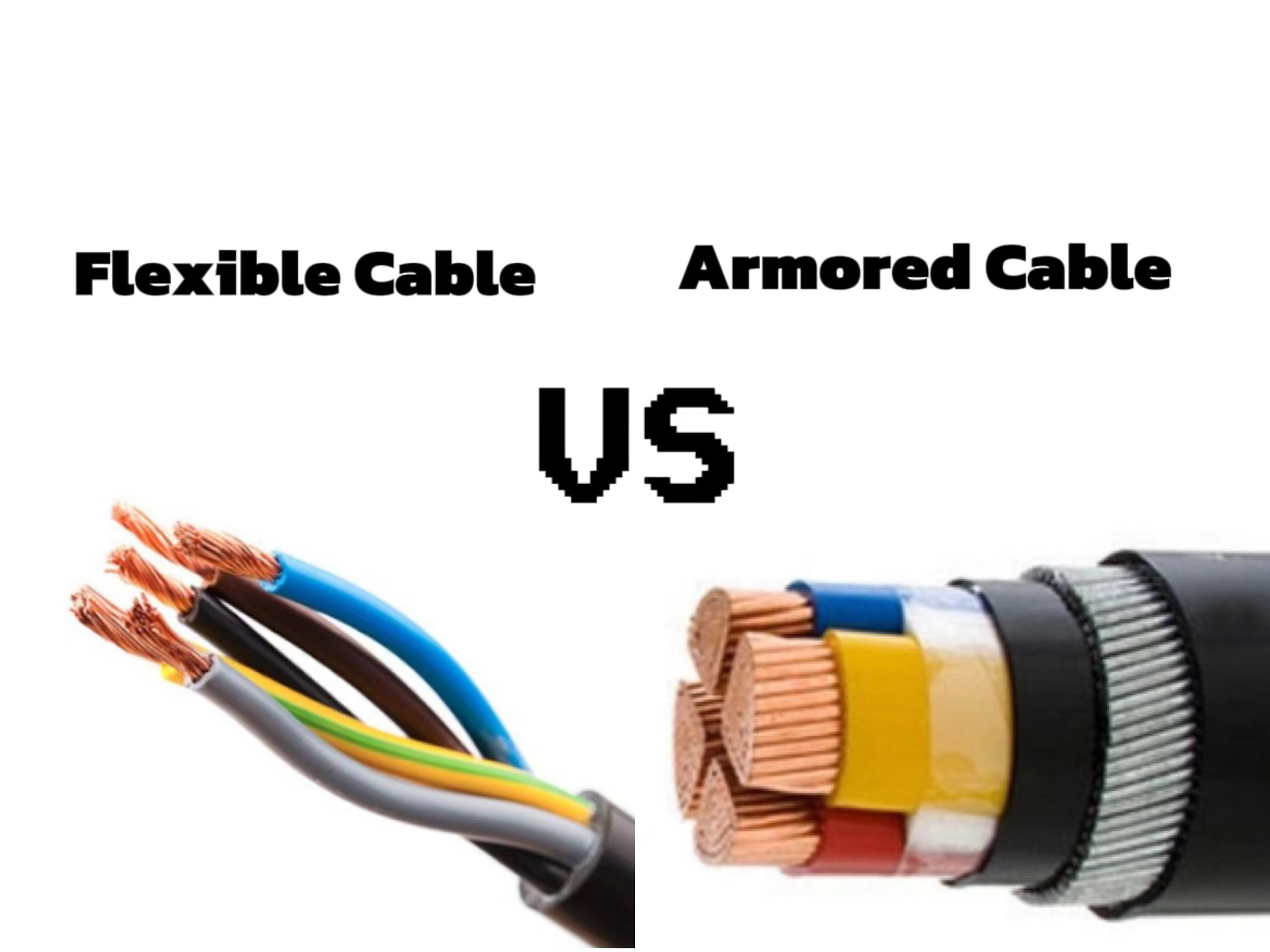In some medical equipment or high-tech laboratories, where precision is paramount, precision instruments are shielded from electromagnetic interference (EMI). Here, the important role of screened cable goes without saying. It is a key player in ensuring signal integrity. In addition to this, its excellent performance and different product types have made it a preferred choice for many people.
What’s covered in this post?
- Screened cable basics and usage
- What types of screened cables are available?
- Screened cable vs unscreened cable?
What is screened cable?
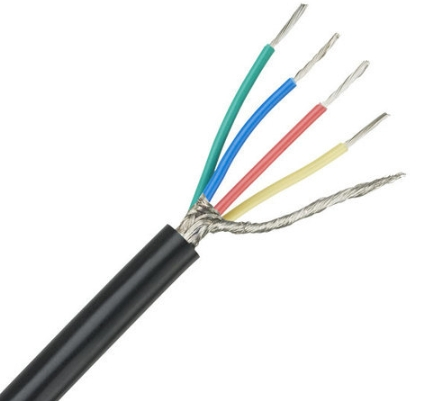
Screened cable, also commonly referred to as shielded cable, is designed to protect signal transmission from external electromagnetic interference (EMI). It has a conductive layer, usually made of braided aluminum foil or copper, that wraps around the insulation of the wires inside.
So what does this shielding do? Through this shielding, external electromagnetic and magnetic radiation is transmitted directly into the earth without interfering with the inner wires. Consequently, shielded cables guarantee a higher level of data transmission integrity.
What is screened cable used for?
Screened electrical cable is versatile and necessary for protecting the integrity of electronic systems in various applications.
Shielded cables are a staple in the broadcast and audio industries. They are used to connect microphones, audio mixers and other recording equipment to prevent noise and make certain high-fidelity sound transmission, which is essential for professional audio quality.
- In the medical field, shielded cables are vital for ensuring the accurate performance of diagnostic and monitoring devices.
- Military communication systems also rely heavily on these cables to maintain secure and reliable communications.
- Additionally, shielded cables are used in industrial machinery to prevent malfunctions caused by EMI.
- In aerospace and aviation applications, they keep the safe and efficient operation of onboard systems.
- In telecom networks, reliable data transmission is important. Shielded cables, especially in high-frequency applications such as fiber optics, prevent crosstalk and signal attenuation.
Screened cable types
Screened cables are essential in various applications to prevent electromagnetic interference (EMI) and ensure signal integrity. Below we will explore several types of screened wires, their structures, and their typical uses:
Coaxial Cable
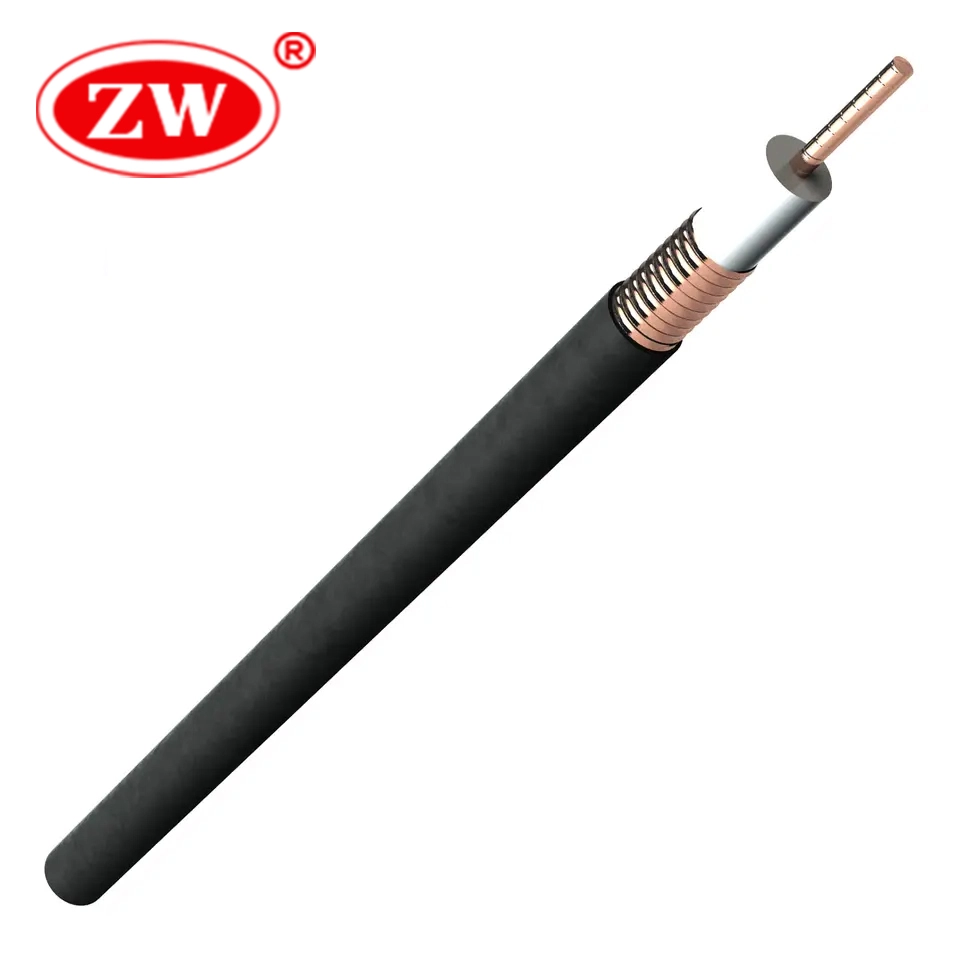
Coaxial cables are characterized by their unique construction, which includes a central conductor, an insulating layer, a braided wire mesh, and an outer insulating layer. Its design provides effective shielding against electromagnetic interference, resulting in a perfect choice for transmitting high-frequency signals. Common applications include cable television, internet connections, and other forms of data communication.
Twisted Pair Cable
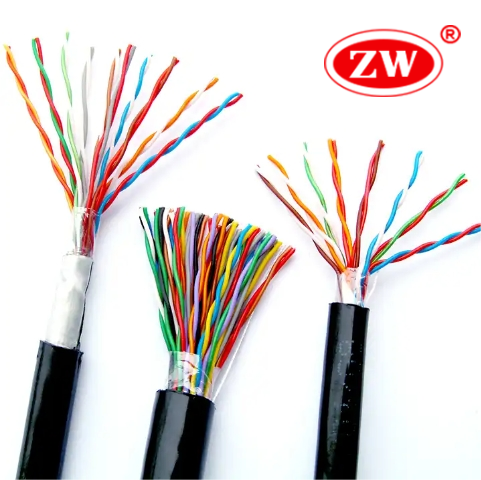
Twisted pair cables consist of two insulated conductors twisted together. They can be further shielded with a braided wire mesh or foil wrap. The twisting of the conductors helps to reduce electromagnetic interference, while the additional shielding provides an extra layer of protection. Twisted pair cables are widely used in telecommunications and networking, including Ethernet cables.
Multi-Conductor Cable

Multi-conductor cables contain multiple insulated conductors, each individually shielded with either a braided wire mesh or foil wrap. Cables also feature an overall outer layer of shielding. The structure secures that each conductor is protected from EMI and that the cable as a whole remains sturdy against interference. Multi-conductor cables are commonly used in complex electrical systems, such as control panels and industrial automation.
Instrumentation Cable
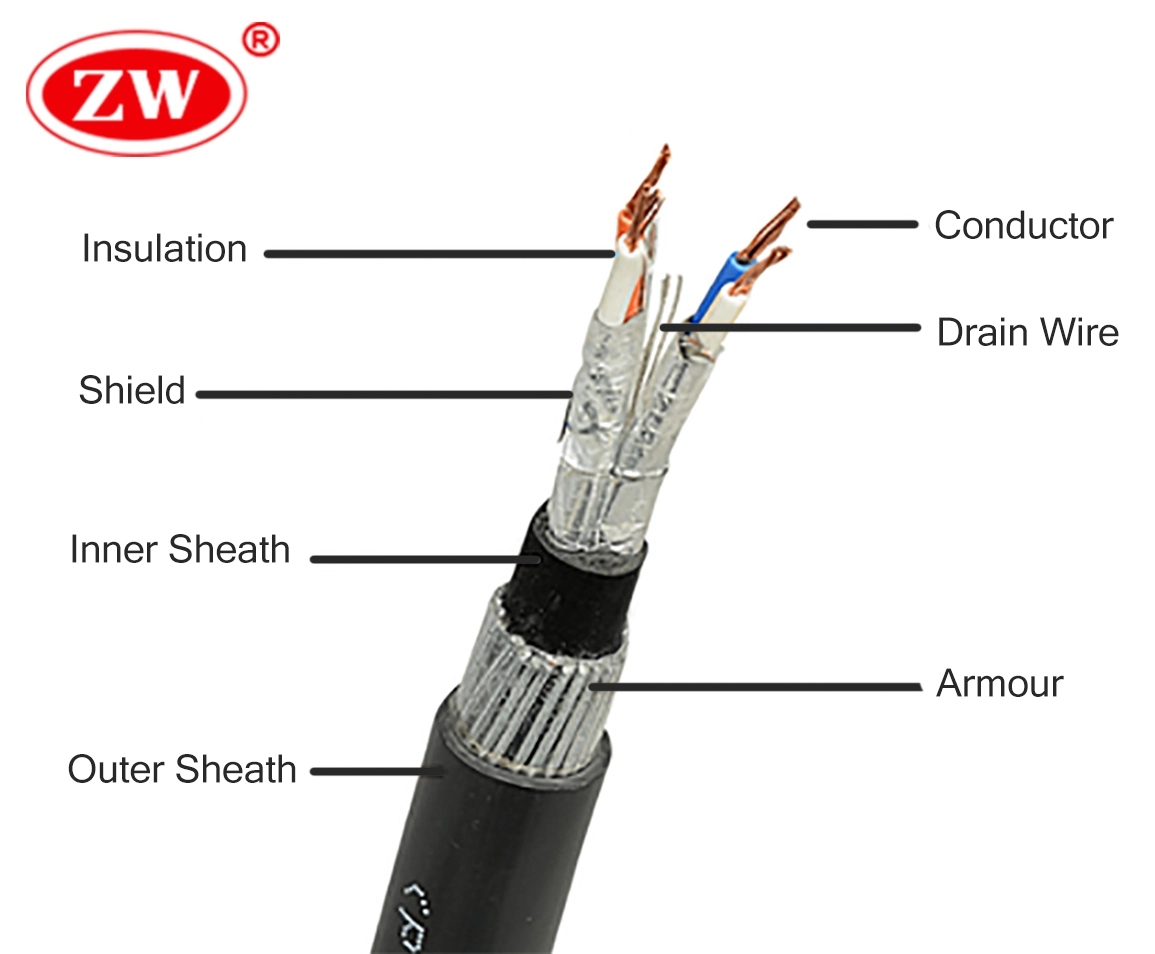
Instrumentation cables are designed with multiple insulated conductors, each surrounded by its own braided wire mesh or foil wrap. Cables are specifically used for transmitting low-level signals in environments where EMI can be particularly problematic. Typical applications include process control, measurement, and data acquisition systems in industrial settings.
Each type of cable shielding serves a specific purpose and offers unique advantages depending on the application. Understanding these types helps in selecting the right cable for optimal performance and reliability in your electrical and electronic systems.
Screened VS Unscreened cable
There is an ongoing debate about whether to use screened or unscreened cables when selecting cables for a particular application. Let’s explore three key areas to help you make an informed decision: construction, performance and application.
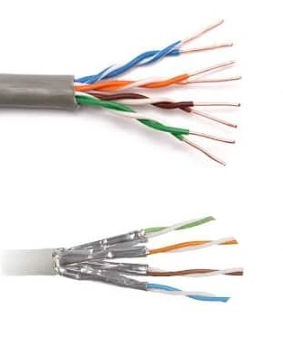
- Construction
Unscreened Cables: Unscreened cables typically have an outer jacket extruded directly over the insulation. The design is simple, straightforward and cost-effective, and is often used in less demanding environments.
E.g: in simple home wiring setups where interference and signal integrity are not major concerns, unscreened cable can be used.
screened cables: shielded cables add a semi-conductive layer above the XLPE (cross-linked polyethylene) insulation. This layer is covered by a metallic shield, such as a braid or foil, which is then wrapped in an outer jacket. The purpose of the metallic shield is to shield the cable from electromagnetic interference (EMI) and guarantee signal integrity.
E.g: in industrial environments where machines generate a lot of EMI, shielded cable wires are key to maintaining reliable communication and control signals.
- Performance
Unscreened Cables: While unscreened cables perform well in basic applications, they are susceptible to EMI, which can lead to signal degradation or loss. As a result, they are not well suited to environments with high levels of electrical noise.
Screened Cables: screened cables are suitable for high EMI environments. The metal shield effectively blocks out external interference and keeps consistent and reliable performance.
E.g: in the same major airport lighting circuits, the use of screened cables has shown better performance than unscreened cables.
- Applications
Unscreened Cables: Unscreened cables are commonly used in residential wiring, basic lighting circuit applications due to their simplicity and lower cost. Unshielded cable may be used for basic home automation systems where the primary requirement is simple power transmission.
Shielded Cables: Shielded wires are preferred for sensitive applications.
In other words, Unscreened cables can meet the needs of simple, low-interference environments, while shielding cables can provide the necessary EMI protection for more demanding applications.
Conclusion
Overall, screened cables enable the deployment of reliable, efficient communication systems while providing effective protection against electromagnetic interference (EMI) and radio frequency interference (RFI) in a variety of applications. In addition, in the selection and use of power cable products we should strictly control the quality of the product and the product itself and the project fit, such as the need for further product details or quotes, please email or website for more details!


